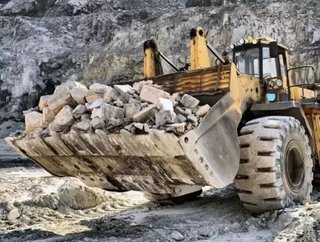World's Biggest Iron Ore Buyers and Why Vale is Targeting Them

Referencing back 10 years in the mining market, this current fiscal period marks the first time that iron ore supply is now greater than the demand. More than that, the industry is actually faced with the potential of an oversupply in the iron ore market. These factors combine to continue driving selling prices downward. This negative trend is compounded for mining giant Vale SA due to the demand for iron ore rebounding at a slower rate than originally forecasted.
As the largest iron-ore producer, Vale SA is likely feeling this negative impact more than any other mining corporation. The projected metric tonnage of additional iron ore likely to hit the global market this year is approximately 150 million. And there is still more iron ore production projected to be on its way in subsequent years.
Vale SA posted a sharper decline in first-quarter profit than what analysts originally projected, selling their iron ore 25 percent cheaper than a market reference price, subsequently leading to a drop in shares.
“Vale's iron ore selling prices during the quarter were materially below our and consensus estimates. As iron-ore prices continue their decline, we expect Vale's earnings and share price to come under further pressure in the coming quarters," says Andreas Bokkenheuser, an equity analyst at UBS AG.
China: Vale’s Biggest Buyer
Much of Vale’s current woes are traced back to slowing economic growth in China. There is a significant amount of concern surrounding the declining prices of iron ore as it hinges on the health of Vale’s economic success in China. A drop of 21 percent this year to $US105.4 per metric ton has been reported for ore with 62 percent iron content delivered to the Chinese port of Tianjin.
Despite the slump in Chinese economic growth that occurred in the first quarter of this year, Vale maintains a positive outlook: "Demand is expected to absorb the incremental seaborne iron ore supply for the coming years with some partial dislocation of marginal iron-ore producers from the cost curve. We expect that the price in the second half would be better than the first half. Nothing is for sure but the price will not fall below $US110 on a sustainable basis."
Whether Vale’s Executive Director for Ferrous and Strategy Jose Carlos Martins ends up being correct in regards to this being a temporary issue largely depends on China’s policies which currently limit monetary expansion.
- Vale appoints sustainability chief for energy transitionSupply Chain & Operations
- Vale tests battery powered trucks in Brazil and IndonesiaSustainability
- US SEC charges Vale with false claims over dams safetySupply Chain & Operations
- Vale’s self-driving trucks gear mining towards the futureAutomation & AI






